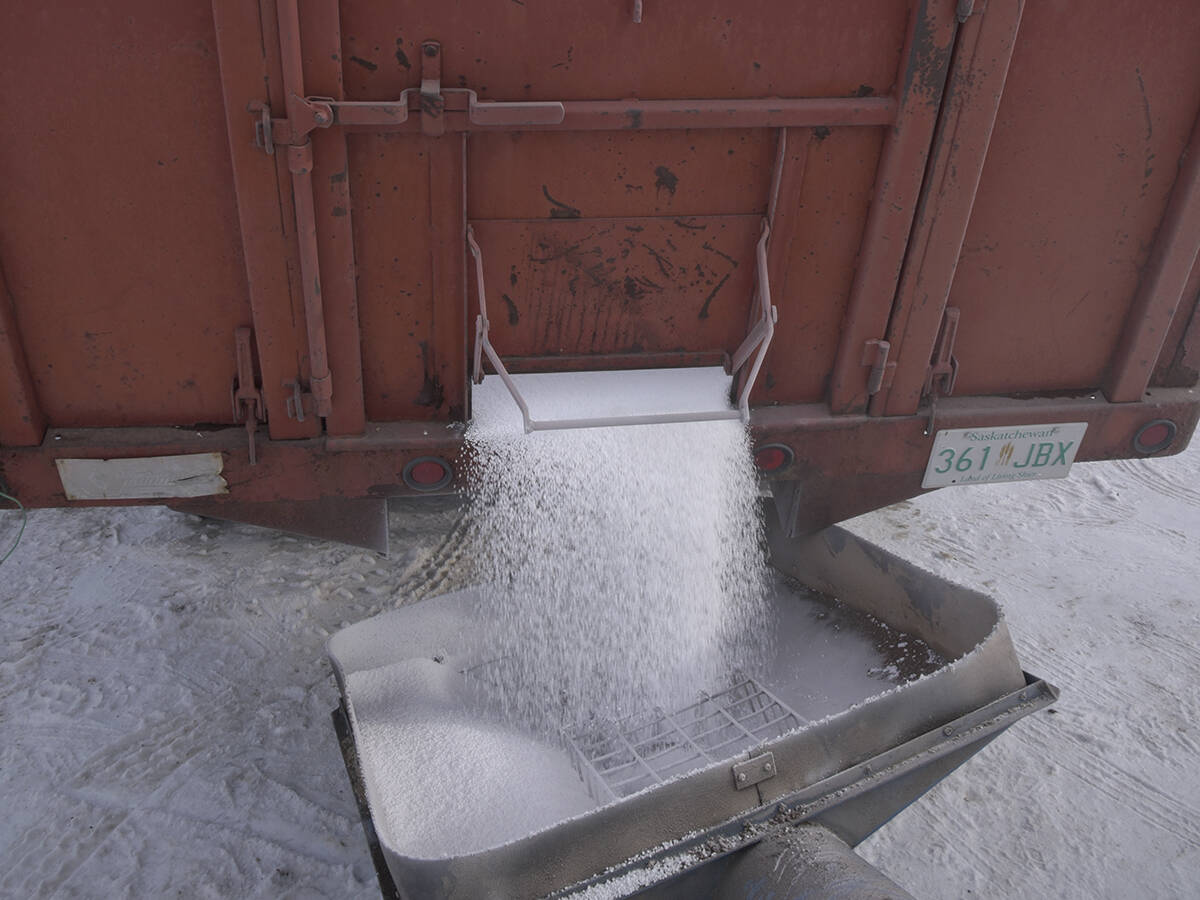Special crops analysts found the pea and lentil numbers in Statistics Canada’s seeding intentions report predictable, but were surprised by the mustard and canaryseed estimates.
Planned seeding for those two crops is down 40 and 46 percent respectively.
“If that is true, which I don’t think it’s going to be, then we’re going to run out of canaryseed and we’ll run out in the world because Canada is by far the biggest exporter,” said John Duvenaud, who publishes the Wild Oats Grain Markets Advisory newsletter.
“If the crop is that size then we’re probably going to run out of (brown and yellow) mustard as well.”
Read Also

Urea prices heading higher: analyst
A fertilizer market analyst thinks urea prices have bottomed out and are heading higher through the first quarter of 2026.
Statscan is forecasting 202,000 acres of canaryseed, down from 415,000 last spring and 312,000 acres of mustard seed, a far cry from last year’s plantings of 525,000 acres.
When those acreage estimates are plugged into Stat Publishing newsletter’s supply-demand formulas, they result in miniscule year end 2001-02 stocks of 2,410 tonnes of canaryseed and 8,759 tonnes of mustard seed.
While the situation could lead to bullish prices in the short term, the broader implications could be disastrous.
Past problems
Duvenaud said the Canadian industry had supply problems with yellow mustard seed about four years ago and is still recovering.
“Anybody in the world who could substitute yellow mustard with anything else did substitute yellow mustard with anything else and it has knocked that whole market for a loop ever since.”
While the canaryseed and mustard estimates may be the most interesting tidbits in the seeding intentions report, the 16.5 percent increase in pea acreage garnered the most attention.
If the 3.57 million acre projection comes true, pea plantings will have expanded by nearly 1.5 million acres in the last five years. Combined with lentils, the two crops now account for more acreage than either oats or durum.
Lentils down
The lentil area projection is down slightly, falling seven percent to 1.6 million acres, putting the brakes on what has been another growth story in the pulse industry. Even with the 127,000 acre reduction, lentil plantings have doubled in the last five years.
Despite expecting a 15 percent increase in lentil acreage earlier this year, Saskatchewan Pulse Growers Association executive director Garth Patterson said the lentil number was “predictable.”
Patterson unveiled his number in January at a speech during Pulse Days.
“The 15 percent annual increase was looking like it was possible, but since then we’ve seen grower prices drop,” said Patterson.
“We’ve seen record low prices in lentils. Pretty well a 25 percent price reduction, especially in small and medium-sized green lentils.”
Saskatchewan Agriculture special crops specialist Ray McVicar thinks the drop in lentil acreage proves pulse farmers are responding to market signals.
“This 7.4 percent decline is probably a good thing in a way because we’re in a little bit of an oversupply situation with lentils.”
In Saskatchewan, pea acreage is estimated to be up nearly 21 percent, to 2.7 million acres.
McVicar said farmers have learned how to grow peas, the pulse crop is more of a standard in rotations and they have the ability to fix nitrogen, which can reduce input costs. Market signals have been encouraging as well.
“In the last few months the price of peas has kind of snuck back up a bit,” McVicar said. “Any time it gets up above the price of wheat, the economics start to work again.”
Chickpea acreage estimates were not included in Statistics Canada’s April 24 seeding intentions report.
McVicar expects chickpea acreage to come in at about one million acres this year, up from 700,000 acres last spring. Other analysts are less optimistic, forecasting 860,000 acres.
Agriculture Canada is forecasting 375,000 acres of dry beans, down from last year’s crop of 407,000 acres.















